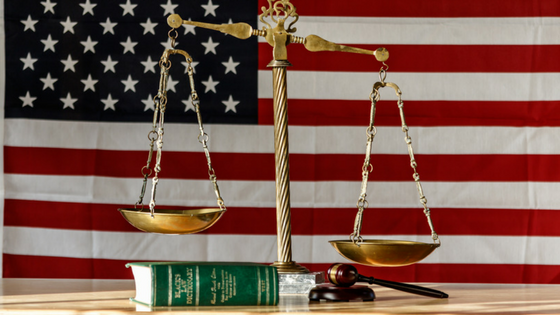A federal judge in Illinois has granted a defendant’s motion for summary judgment after it was accused of violating the Fair Debt Collection Practices Act by overshadowing a validation notice when it sent a second collection letter during the 30-day validation period.
Acknowledging that the 30-day validation period is not a “grace period,” Judge John Robert Blakey of the Northern District for Illinois, Eastern Division, ruled that sending a second letter is acceptable, as long as no demand for payment is made.
A copy of the ruling in Nieto v. MRS Associates can be accessed by clicking here.
Twenty-five days after sending a collection letter notifying the plaintiff that an account for an unpaid debt had been placed and giving the plaintiff 30 days to dispute the debt, the defendant sent a second collection letter, offering three settlement options to pay off the debt:
Dear RUEL NIETO,
We recognize that a possible hardship or pitfall may have prevented you from satisfying your obligation. We are presenting three options that will enable you to avoid further collection activity being taken against you. We are not obligated to renew this offer.
Option 1: You pay only $1,982.70 in ONE PAYMENT that must be received in this office on or before 02/15/2017.
Option 2: You make TWO PAYMENTS of $1,252.23 each. The first payment must be received in this office on or before 02/15/2017 and the second on or before 03/16/2017.
Option 3: A monthly payment plan on the full balance of the account.
The plaintiff subsequently filed suit, alleging the second letter violated Section 1692g of the FDCPA because it overshadowed the right to dispute the debt within 30 days of receiving the initial notification. In making his claim, the plaintiff referenced another case — Bartlett v. Heibl — in which an individual received an initial collection letter that included notification of the 30-day window to dispute the debt, but also threatened the debtor with legal action if the debtor did not contact the agency or pay the debt within one week of receiving the letter.
Because the second letter sent by the defendant conveyed options to repay the debt without making any specific deadline or time period within which a decision had to be made, Judge Blakey ruled the second letter did not overshadow the first.
“The second letter here falls under this rubric: it provides three payment plan options that Plaintiff could have taken to discharge his debt, as well as the option to contact Defendant if he wished to explore alternative payment arrangements,” Judge Blakey wrote. “Plaintiff could have paid the amount due, paid the total balance, or contested the debt.
“This Court thus finds as a matter of law that the second letter could not lead an unsophisticated consumer to construe it as an unexpected demand for payment that overshadows the validation notice.”









